What to Include in a Written Job Proposal
Nancy Hiller knows the value of agreed-upon boundaries, managing expectations, and having a written record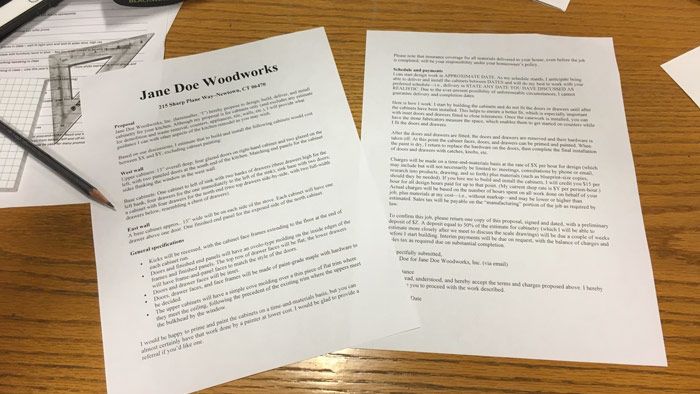
People have different opinions about the need for contracts or written proposals. “I never use a contract,” said one furniture maker I know when I asked him about this 20 years ago. “Contracts will only get you in trouble, because they’re part of the world of lawyers.” Another friend, this one a general contractor, uses a contract for every job—and his is about 10 pages long.
In my business, I use a written proposal that functions as a contract. I based the wording on my contractor friend’s example, which was drafted by a lawyer, but mine is much shorter and less formal, as befits my work—it’s vastly less complicated than, say, orchestrating the construction of a multi-story addition to a house, with all the permits, structural considerations, and subcontractors such work entails.
I write up a proposal for virtually every job I take on, even (OK, if I’m honest, especially) for friends, because the last thing I want is to lose a friend over a misunderstanding. It’s not that I love paperwork. I just know the value of agreed-upon boundaries, managing expectations, and having a written record. I’ve lost track of how many times I have referred to a proposal while working on the job to which it applies.
I am not a lawyer, so please do not regard the following as legal advice. It’s intended as a guide to the kinds of things a proposal should include.
So, what’s in my proposal?
I date the proposal and print it on letterhead. I prefer to go over a proposal in person with the customer and have him or her sign it and give me a deposit during the meeting. When that’s not possible, my second choice is to print out the proposal and send it to the customer with a stamped, addressed return envelope. Make it as easy as possible for people to say yes and get the job confirmed. When circumstances demand that I submit the proposal by email, I make that clear in the proposal and ask the customer to print out a copy, sign and date it, then return it to the address on the letterhead.
I include the customer’s name and address. For built-in work, I note the address to which the work will be delivered, as it may be different (for example, people sometimes commission work for a house where they’ll be moving after the work has been completed).
I state the entity making the proposal (that’s me—or you). I include any contact information not on my letterhead.
Next I state the scope of work and any significant details.
Unless certain dimensions are critical, I state that any dimensions I cite are approximate.
For jobs that are part of a larger scope of work, such as kitchen cabinets, I make clear that my proposal covers design, fabrication, delivery, and installation of the cabinets (or any combination of those that applies in your particular case) and give the customer an idea of the kinds of things I am not going to include, to avoid assumptions that could cause problems down the line.
If I haven’t yet done drawings, as in the sample below, I state what I am proposing to make. If I have drawings, I can often simply refer to them—“per the scale drawings we discussed on DATE and our email correspondence.” I call out any specific details that are important, such as specialty hardware or finishes.
I always state the basis of my charges. If I’m doing the work for a fixed price, I make that clear. In this case it’s a good idea to add that any changes to the plan must be made in writing and may have a bearing on the final charges. If I’m charging by the hour, I make that clear. I cannot overemphasize the importance of making clear to your customers the basis of your charges. In time-and-materials proposals, I also state explicitly that the actual charges may be higher or lower than my estimated charges. I also point out that the job will be subject to sales tax per my state’s law.
My business insurance agent advised me to add a note making clear that once any part of my work has been delivered to the job site, insuring it will be the responsibility of the customer. (This advice resulted from a dispute between insurance companies over who was responsible for the destruction of an insured contractor’s work that had been partially completed.)
Some of my clients are lawyers. None of them has had a problem with my proposal. It may well be that no contract is iron-clad, but at least if you and your customers have agreed to a set of conditions in writing, you’ve reduced the potential for unpleasant disputes.
Example
Proposal
NR Hiller Design, Inc. (hereinafter, “I”) hereby propose to design, build, deliver, and install cabinetry for your kitchen. Although my proposal is for cabinets only (and excludes any estimate for demolition and waste removal, counters, appliances, tile, walls, etc.), I will provide what guidance I can with other aspects of the kitchen remodel as you may wish.
Based on our discussions, I estimate that to build and install the following cabinets would cost between $X and $Y, excluding cabinet painting:
West wall
Upper cabinets: 13” overall deep; four glazed doors on right-hand cabinet and two glazed on the left, with two paneled doors at the south end of the kitchen. Matching end panels for the cabinet sides flanking the window in the west wall.
Base cabinets: One cabinet to left of sink with two banks of drawers (three drawers high for the left bank, four drawers for the one immediately to the left of the sink); sink base with two doors; a cabinet with four drawers for the north end (two top drawers side-by-side, with two full-width drawers below, resembling a chest of drawers).
East wall
A base cabinet approx.. 15” wide will be on each side of the stove. Each cabinet will have one drawer above one door. One finished end panel for the exposed side of the north cabinet.
General specifications
- Kicks will be recessed, with the cabinet face frames extending to the floor at the end of each cabinet run.
- Doors and finished end panels will have an ovolo-type molding on the inside edges of the frames and finished panels. The top row of drawer faces will be flat; the lower drawers will have frame-and-panel faces to match the style of the doors.
- Doors and drawer faces will be inset.
- Doors, drawer faces, and face frames will be made of paint-grade maple with hardware to be decided.
- The upper cabinets will have a simple cove molding over a thin piece of flat trim where they meet the ceiling, following the precedent of the existing trim where the uppers meet the bulkhead by the window.
I would be happy to prime and paint the cabinets on a time-and-materials basis, but you can almost certainly have that work done by a painter at lower cost. I would be glad to provide a referral if you’d like one.
Please note that insurance coverage for all materials delivered to your house, even before the job is completed, will be your responsibility under your homeowner’s policy.
Schedule and payments
I can start design work in APPROXIMATE DATE. As my schedule stands, I anticipate being able to deliver and install the cabinets between DATES and will do my best to work with your preferred schedule—i.e., delivery in STATE ANY DATE YOU HAVE DISCUSSED AS REALISTIC. Due to the ever-present possibility of unforeseeable circumstances, I cannot guarantee delivery and completion dates.
Here is how I work: I start by building the cabinets and do not fit the doors or drawers until after the cabinets have been installed. This helps to ensure a better fit, which is especially important with inset doors and drawers fitted to close tolerances. Once the casework is installed, you can have the stone fabricators measure the space, which enables them to get started on counters while I fit the doors and drawers.
After the doors and drawers are fitted, the doors and drawers are removed and their hardware is taken off. At this point the cabinet faces, doors, and drawers can be primed and painted. When the paint is dry, I return to replace the hardware on the doors, then complete the final installation of doors and drawers with catches, knobs, etc.
Charges will be made on a time-and-materials basis at the rate of $X per hour for design (which may include but will not necessarily be limited to: meetings, consultations by phone or email, research into products, drawing, and so forth) plus materials (such as blueprint-size copies, should they be needed). If you hire me to build and install the cabinets, I will credit you $15 per hour for all design hours paid for up to that point. (My current shop rate is $Y per person-hour.) Actual charges will be based on the number of hours spent on all work done on behalf of your job, plus materials at my cost—i.e., without markup—and may be lower or higher than estimated. Sales tax will be payable on the “manufacturing” portion of the job as required by law.
To confirm this job, please return one copy of this proposal, signed and dated, with a preliminary deposit of $Z. A deposit equal to 50% of the estimate for cabinetry (which I will be able to estimate more closely after we meet to discuss the scale drawings) will be due a couple of weeks before I start building. Interim payments will be due on request, with the balance of charges and sales tax as required due on substantial completion.
Respectfully submitted,
Nancy R. Hiller for NR Hiller Design, Inc. (via email)
Acceptance
I have read, understood, and hereby accept the terms and charges proposed above. I hereby authorize you to proceed with the work described.
Signature Date
Nancy Hiller is a professional cabinetmaker who has operated NR Hiller Design, Inc. since 1995. Her most recent books are English Arts & Crafts Furniture and Making Things Work, both available at Nancy’s website.
More on FineWoodworking.com:
- Consulting With Prospective Clients – Nancy Hiller
- Marketing for Woodworkers: Shows, festivals, and exhibitions by Nancy R. Hiller with Michael Fortune
- Nancy Hiller’s Reality Check(list) – If you’re thinking of turning your passion into a profession you should take a deep look at what is involved in running a legitimate business.

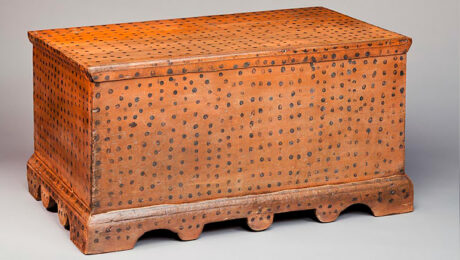

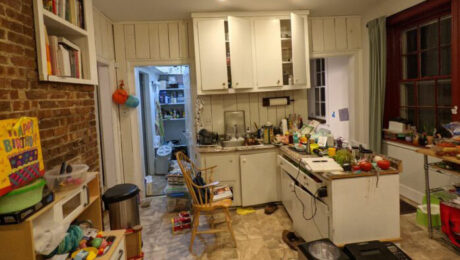
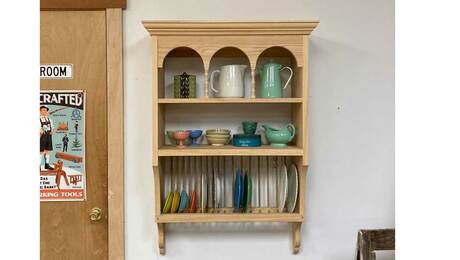



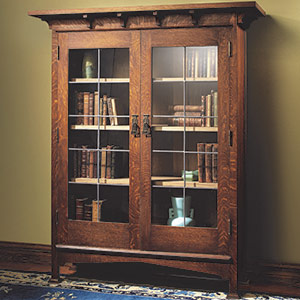

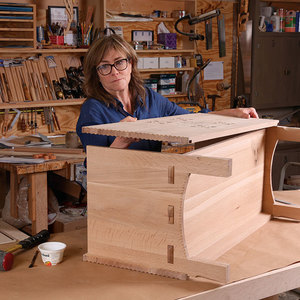












Comments
Boy, Nancy! Good job. Thank you.
I mainly make my living working as an attorney. I've been at it for 30 years. But, before that, I worked as a carpenter/contractor for 20 years. So, I'm always interested in thinking about how I got in trouble with customers while doing that work, and in hearing about what my friends who are contractors are experiencing now, so one day I can write a simple, but thorough agreement, that discusses the things that are most important to my customers/clients, whether they are one or the other. And you just did it for me.
I think you are right. "No contract is iron-clad". But I think you have given us all, what we call in the legal profession a "safe harbor", something that would let a court know, if it ever comes up, that you made a serious effort to be clear with your customers, so they knew what they were getting into.
I certainly don't want to see people picking at your work. But, I hope other people will join in this discussion, and tell us what they've learned.
Thanks again.
Don Hellrung
Trempealeau, WI
Good job of describing the work to be done. One thing missing though is any warranty information.
Log in or create an account to post a comment.
Sign up Log in